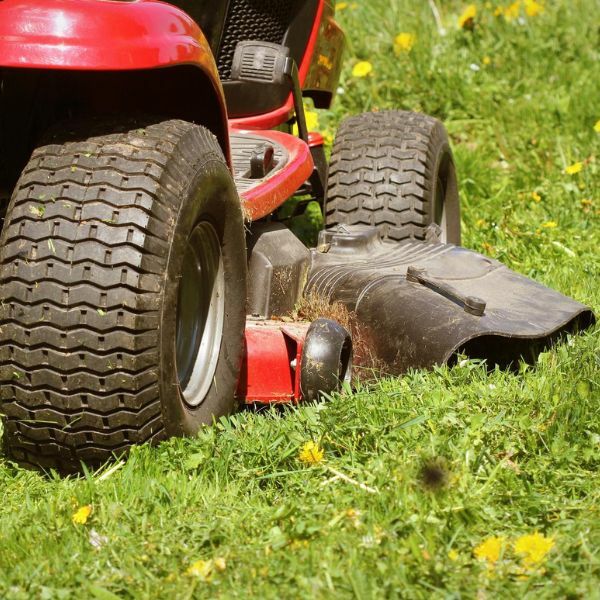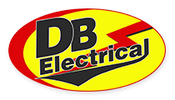As spring arrives and lawns green up, it’s time to become reacquainted with your mower or lawn tractor. For the past few months over winter, your lawn care equipment has been out of sight and out of mind. As you check out your equipment for a new season, it’s the perfect time to make sure everything is up to the task. After a long winter nap, your equipment may need some maintenance or fixing.
Common springtime lawn mower maintenance needs
1) Oil and Oil Filters Starting the new lawn care season out with fresh oil and a new oil filter is always a good idea. Over last year’s mowing season, your mower’s oil is likely to have picked up grime and residue. Replacing old oil with new is one of the simplest and best decisions you can make to keep your engine running at peak performance. While you’re at it, be sure to change the oil filter, too, because you don’t want to contaminate your fresh oil with a dirty filter.
2) Starters and Solenoids If your lawn mower or tractor is having a hard time starting, it might be time to install a new starter. The starter is a small electrical motor whose job is to get the engine going. The starter has a hard job because it must quickly engage and disengage every time you start the engine. You can expect to replace the starter over the life of your mower. Starters work in conjunction with solenoids, which are electromagnetic switches. Some models of mowers use a starter solenoid combination, performing both functions in one component.
3) Belts The belts that drive the mechanical functions in your lawn mower should be inspected in the spring. Belts are items that will need periodic replacement. Check your belts for any cracks, separation or glazing. If you spot any of these conditions, it’s best to change the belt on your schedule rather than have it fail while cutting your lawn.
4) Blades If your lawn looks choppy after cutting it, you may need to either sharpen or replace your lawn mower blades. Sharpening your blades may be the first thing to consider. But if your blades are too damaged from hitting stumps, rocks and curbs, it might be best to replace them. You might also consider replacing your blade if a different style would work better for your lawn. For instance, you may get a better cut with a different blade if you have a very thick or a very thin lawn. You may also want a different blade depending on how you want to handle grass clippings, such as mulching, bagging or side discharging.
5) PTO Clutches Getting a nice, even cut on your lawn is dependent on your PTO clutch. These clutches transmit power from the engine to spin your lawn mower blade. PTO clutches must be working well to deliver speed and consistency in blade movement. Over the life of a mower, you can expect to replace your PTO clutch at least once.
6) Fuel Line. The tubing that carries fuel can become brittle, cracked or swollen over time. You should visually inspect it to see if you can spot any signs of stress. Of course, if you see any leaking, you’ll want to replace the fuel line promptly.
7) Spark Plugs A spark plug replacement can revive the fast and efficient starts you want with your mower. You’ll also benefit from a smoother running engine. It’s a simple and routine maintenance step to get better performance from your mower.
Spring lawn mower maintenance
A thorough inspection of your mower or lawn tractor in the spring can often carry you through an entire season of lawn care without any serious breakdowns or problems. Spring is the perfect time to perform outdoor power equipment maintenance because it’s like a fresh start that sets you up for success all season long.


